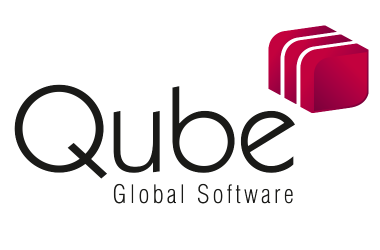2016 is the year to ask yourself, “How much longer can we afford to keep our legacy IT systems in place?” It’s time to identify which applications to modernize and the best modernization approach. I’m sure you have many products and services in the pipeline for launch in the new year, but it’s important to note that you need to consider your legacy modernization strategy BEFORE developing a new, state-of-the-art mobile/cloud-enabled app.
If your consumer-facing business has not yet launched a cloud-enabled or mobile application into its’ software portfolio, you are officially behind the times. But first consider your modernization strategy — the customer interface and experience should avoid future compromises that may result if the enterprise has not cloud-enabled internal IT systems. Outdated legacy systems are a major hinderance on innovation within a company that brings along great risk: providing an acceptable or exceptional user experience versus a terrible failure and service outage.
Federal CIO Tony Scott used a great example to touch upon the importance of the federal government changing priorities to update their IT systems instead of waiting until they break.
“We have to have a mindset of working this out in a way, economically, policywise that keeps riding the curve and practices that through all of the ecosystems that contribute to this,” said Tony Scott, according to FierceGovernmentIT. “It’s no different than paving roads,” Scott continued. “You don’t just put a road in and then wait until it breaks apart. You repave them every once in a while. And every once in a while you have to tear it up and put a whole new road down. We just got to get in that cycle.” Scott said that there is “a growing gap” between advances the private sector has made in upgrading their networks and overall digital architecture and what the federal government has been able to do in those areas,” (Phil Goldstein, FedTech.com).
Lack of innovation and a compromised customer experience will leave large enterprises in the dust in 2016. Outdated legacy systems will lead to fewer new customers, which will translate into less revenue from lack of software updates and support in the future. Here is an example of a global enterprise we worked with to modernize their applications in order to improve their customers’ experience.
Client Background
Qube Global Software is a provider of technology solutions for commercial and corporate real estate, with more than 1000 organizations in more than 70 countries, managing and operating their business portfolios. Their mission statement located on their website exemplifies their commitment to the users’ experience:
“Qube Global Software is committed to being an agent of change, pushing the limits of existing technology to maintain our competitive edge. We’ve been doing this a long time and being good just isn’t good enough. Your success is a reflection of our commitment to deliver unparalleled results. Customer support is more than a voice over the telephone; we are your partner, building an unrivalled depth of reliability, trust and connection.”
Challenge
Qube Global Software’s Horizon real estate management application was experiencing negative customer feedback around the usability of the existing Oracle Forms user interface and requests to have data optionally delivered via SQL Server. The problem existed in 372 Oracle Forms Modules and 100 Oracle Reports (both 10g) running inside an I-Views container, which also ran a separate HTML application for read-only data access.
Solution
Qube Global Software partnered with Morphis to create a simpler user experience, using one solution on any device for a total real estate management solution. Morphis migrated both the Horizon and HTML app to a single ASP.NET application, which supported both Oracle and SQL Server databases.
The new .NET app structure was based on the Model-View-Controller architectural pattern, enabling easier maintenance, increased integration capabilities and greater potential for re-use. All generated code was based on .NET recommended best practices, enabling the Qube team to quickly adopt the new coding style. Data access components generated by Forms2Net were extensions of ADO.NET, facilitating access to other databases than Oracle. Other benefits include customization of the look and feel so that users can choose the fields they want to see as well as reposition and resize those fields.
Moving Forward
The need for businesses to innovate is increasing dramatically and enterprises should be strategizing ways to quickly and securely mobilize data from outdated legacy systems into modern mobile and web applications. How are you going to improve your customers’ experience in 2016 when your legacy systems are slowing app delivery? The time for band-aids is over, the time for modernization is here.


